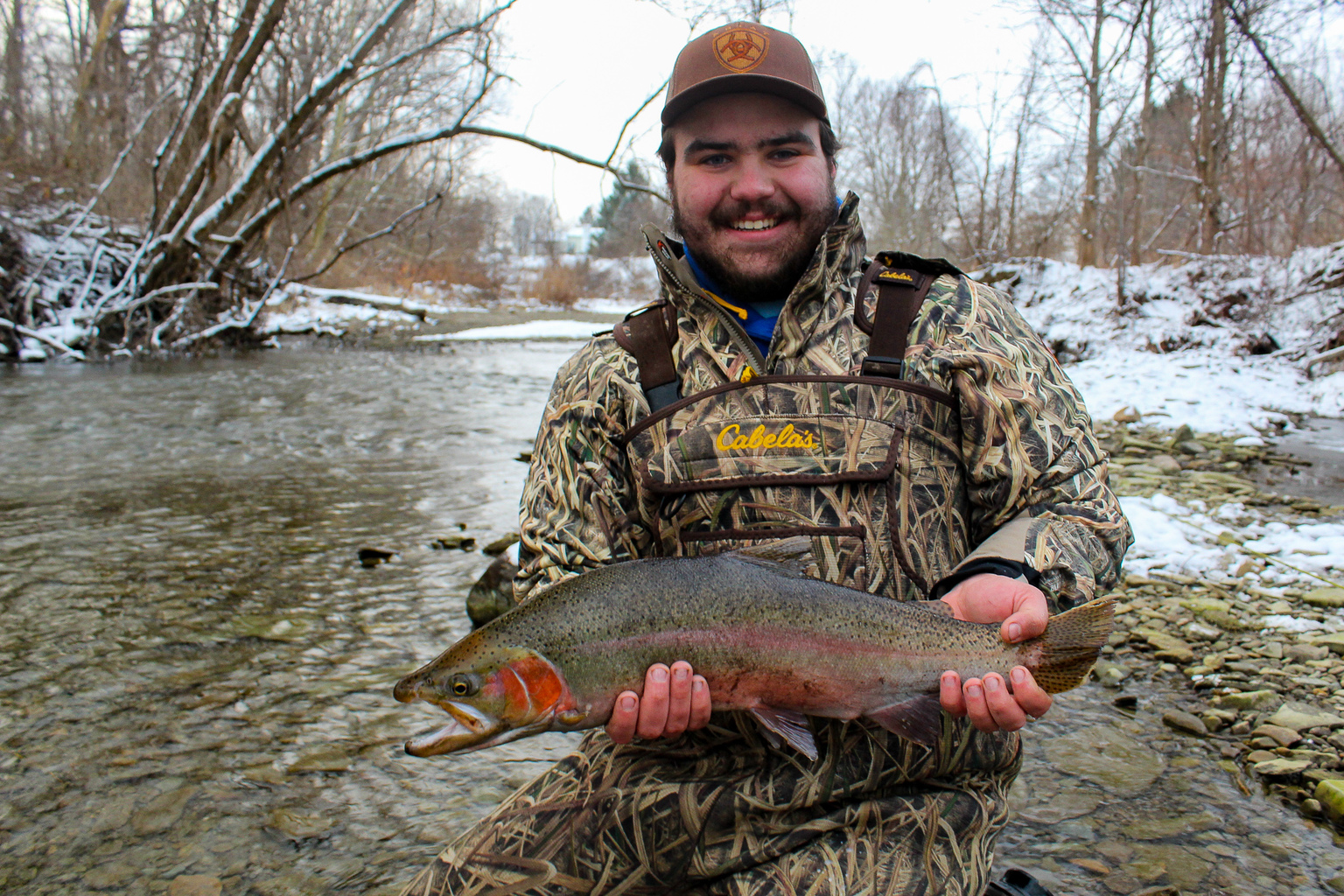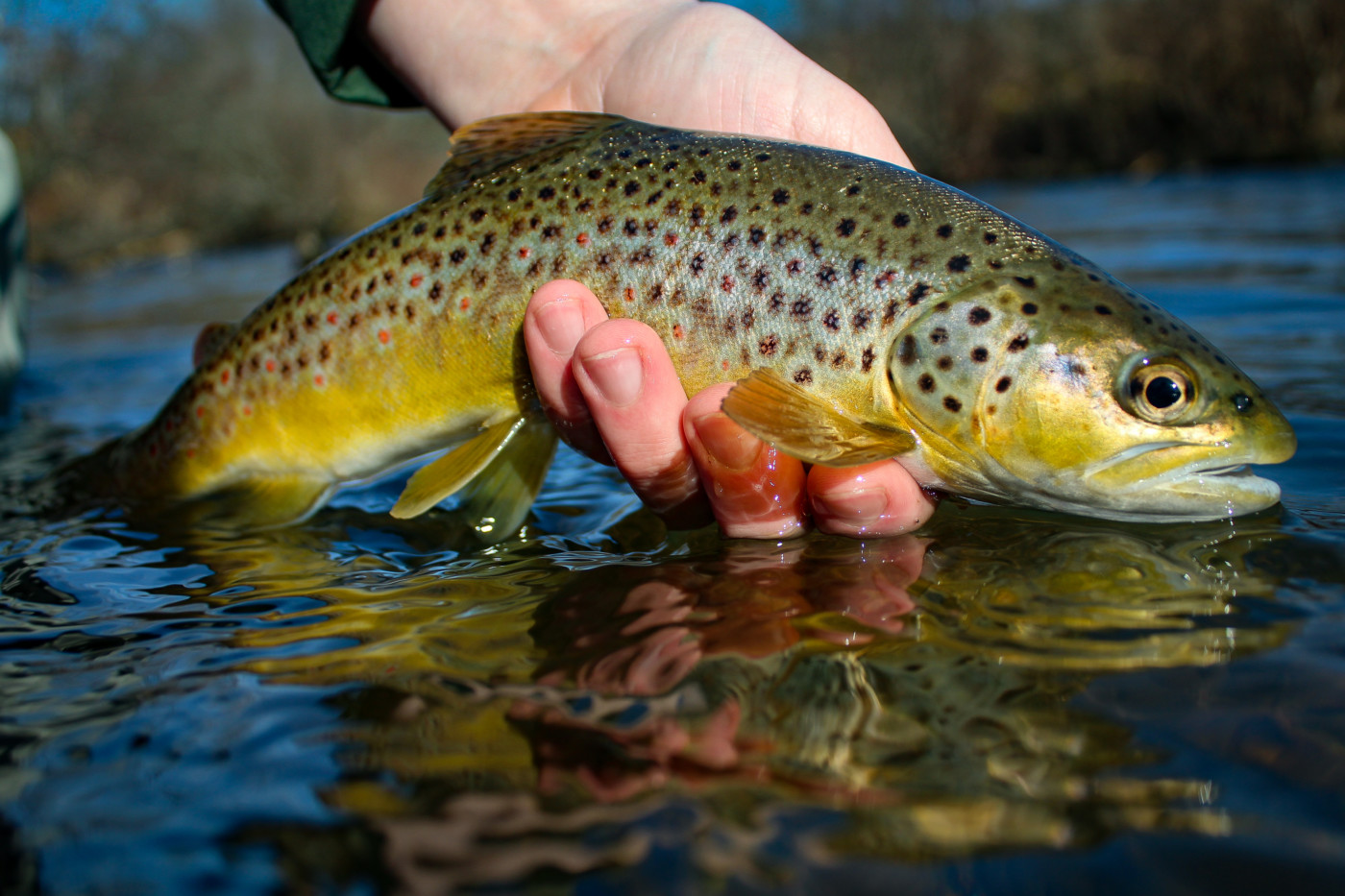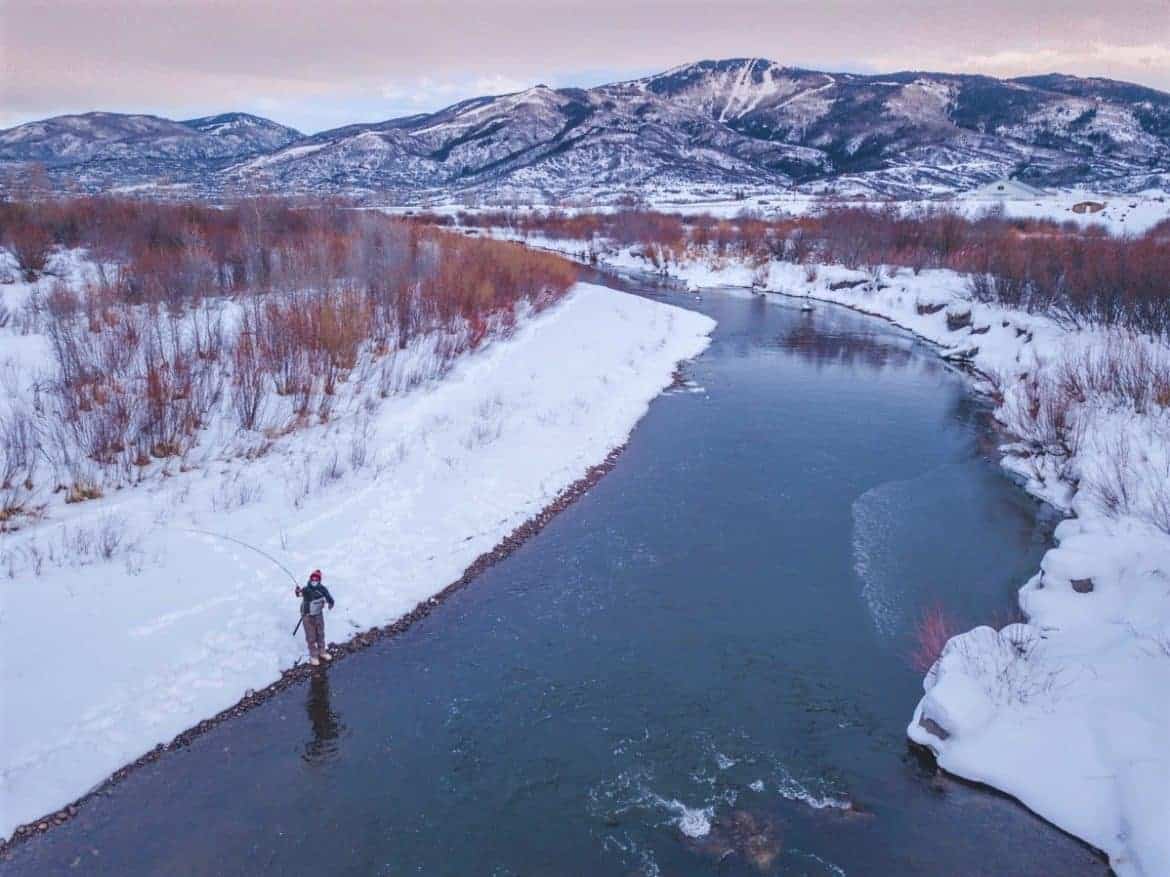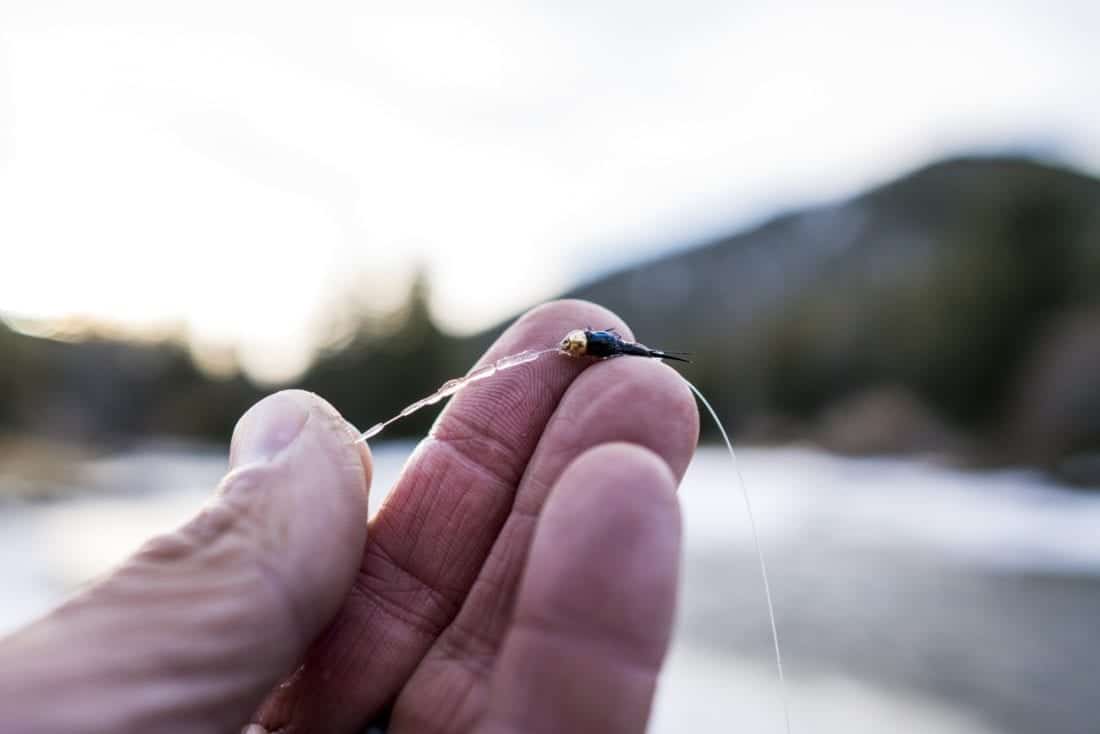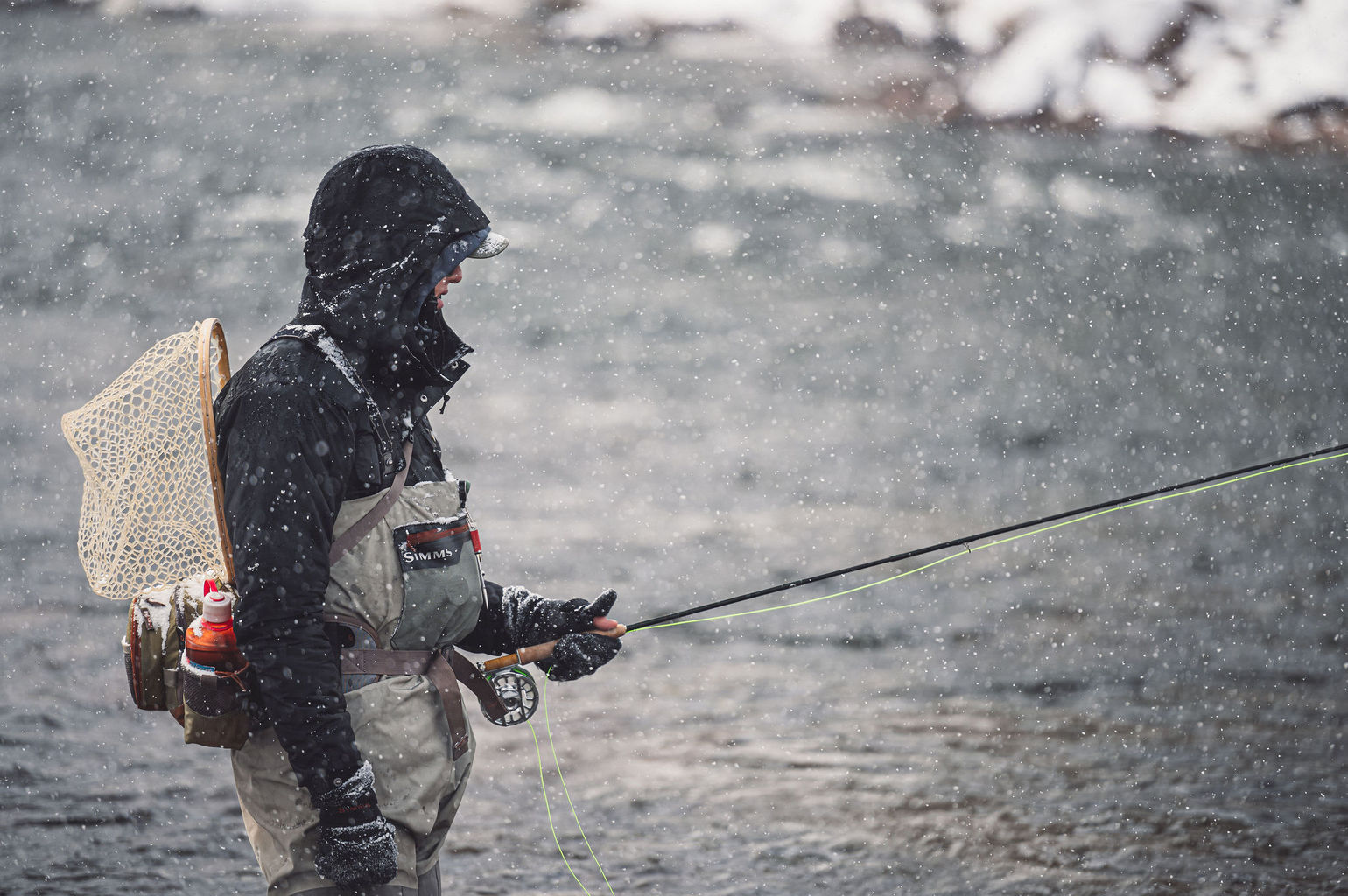When Do The Steelhead Run in Erie, Pennsylvania?
That’s always the million-dollar question, isn’t it?
It’s something I’m often asked by curious anglers and prospective clients as everyone tries to time up the run perfectly. Some swear by studying Lake Erie water temperatures, photoperiod shortening, rainfall counts, and a variety of other scientific means to pinpoint when the fish will be in the streams and make a trip to Erie worth it. Is it all snake oil, or data that should be utilized by those attempting to time the run?
The strain of steelhead in Pennsylvania is a fall-running variety that sticks around through spring and their spawning season.
Steelhead begin running and entering the tributaries as soon as Labor Day, but the peak doesn’t come until after Thanksgiving. When the spring fish leave the streams (usually sometime in April) in favor of the icy depths of Lake Erie is of far less angler interest than when they enter in fall.
Steelhead begin running and entering the tributaries as soon as Labor Day, but the peak doesn’t come until after Thanksgiving.
As a steelhead guide, there are a few key factors I look for when trying to schedule a trip to fish the steelhead run.
Rainfall
Most of the time the Lake Erie tributaries are helplessly low and clear. That makes for challenging conditions going after the fish in the streams, but it also means fewer fresh fish enter from the Lake. Rain events triggering the upstream migration are incredibly important to the start, and continuation, of the steelhead run. Without precipitation to swell water levels and provide fish the ability and security to venture inland, the run would never go off!

Temperatures
This might not be as much a factor in the actual run as just circumstance for the time of year, but falling temperatures coincide with fish entering from the Lake. While the first Erie steelhead start to show up after Labor Day, the “peak” times don’t normally occur until Thanksgiving or Christmas. Steelhead, like other trout species, prefer cooler water and the passing of fall into winter encourages more upstream migration of the run.
Photoperiod
Most of the fish activity, at least in terms of running upstream, occurs at night. The cover of darkness provides security they need to move through shallower areas when they would otherwise be quite exposed. These fish are big, and in the low water conditions that are so often present, they would stick out trying to traverse sections of stream that are only inches deep. That problem is somewhat alleviated during nighttime hours!
What it all adds up to is a run that gets going sometime in October, but doesn’t get really good until November. That can change from year to year based on weather systems and temperatures, but it’s relatively consistent. Checking in with a local guide service, like Wildwood Outfitters, can be a great way to stay plugged in.
Otherwise keeping an eye out for shorter days, more rain events, and dropping temperatures, anglers can successfully time up the steelhead run from their computer and fairly accurately determine when the fish will start their migration!
Fly Fishing Made Easy 👍
Our Quarterly Fly Club ships 1,000’s of flies to anglers all across the United States. Receive curated fly assortments selected for the season with in-depth articles on how to fish them. Great for beginners to learn and for intermediates to discover new flies.



